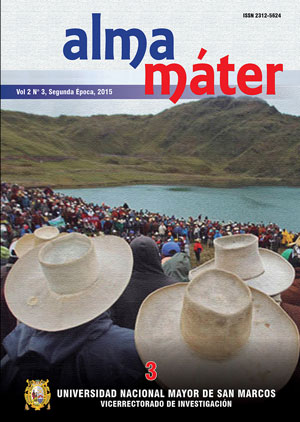THE LAW IN THE PERUVIAN CUSTOMARY REALITY
Keywords:
Law, Society, National reality, Exclusion, Inclusion.Abstract
The Common Law, based on social practices, that is, the custom in many disciplines, such as commercial law, for several centuries. Many jurists recognize the importance of the “custom” in society, particularly in the influence it has over the legislative reforms relating to the conduct of land, land tenure systems and various forms of access to the property, to name a few of life of populations. Peruvian ancestral family also has an institution that has attracted the attention of social scientists from around the world, denominated in the imperial Quechua “servinacuy”. So that Peruvian society, with many cultural diversities, retains institutions “common law”, many of which have not been taken into account by national legislation. Also, please note that on the day 47 languages spoken in Peru, in communities that do not all have links with the cities and study centers. That’s the general situation in which the present study.Downloads
Published
Issue
Section
License
Copyright (c) 2016 Carmen Meza Ingar

This work is licensed under a Creative Commons Attribution-NonCommercial-ShareAlike 4.0 International License.

Alma máter segunda época by Vicerrectorado de Investigación y Posgrado is licensed under a Creative Commons Reconocimiento-NoComercial-CompartirIgual 4.0 Internacional License.
Creado a partir de la obra en http://revistasinvestigacion.unmsm.edu.pe/index.php/alma/index.
AUTHORS RETAIN THEIR RIGHTS:
a. Authors retain their trade mark rights and patent, and also on any process or procedure described in the article.
b. Authors retain their right to share, copy, distribute, perform and publicly communicate their article (eg, to place their article in an institutional repository or publish it in a book), with an acknowledgment of its initial publication in Alma máter segunda época.
c. Authors retain theirs right to make a subsequent publication of their work, to use the article or any part thereof (eg a compilation of his papers, lecture notes, thesis, or a book), always indicating the source of publication (the originator of the work, journal, volume, number and date).



